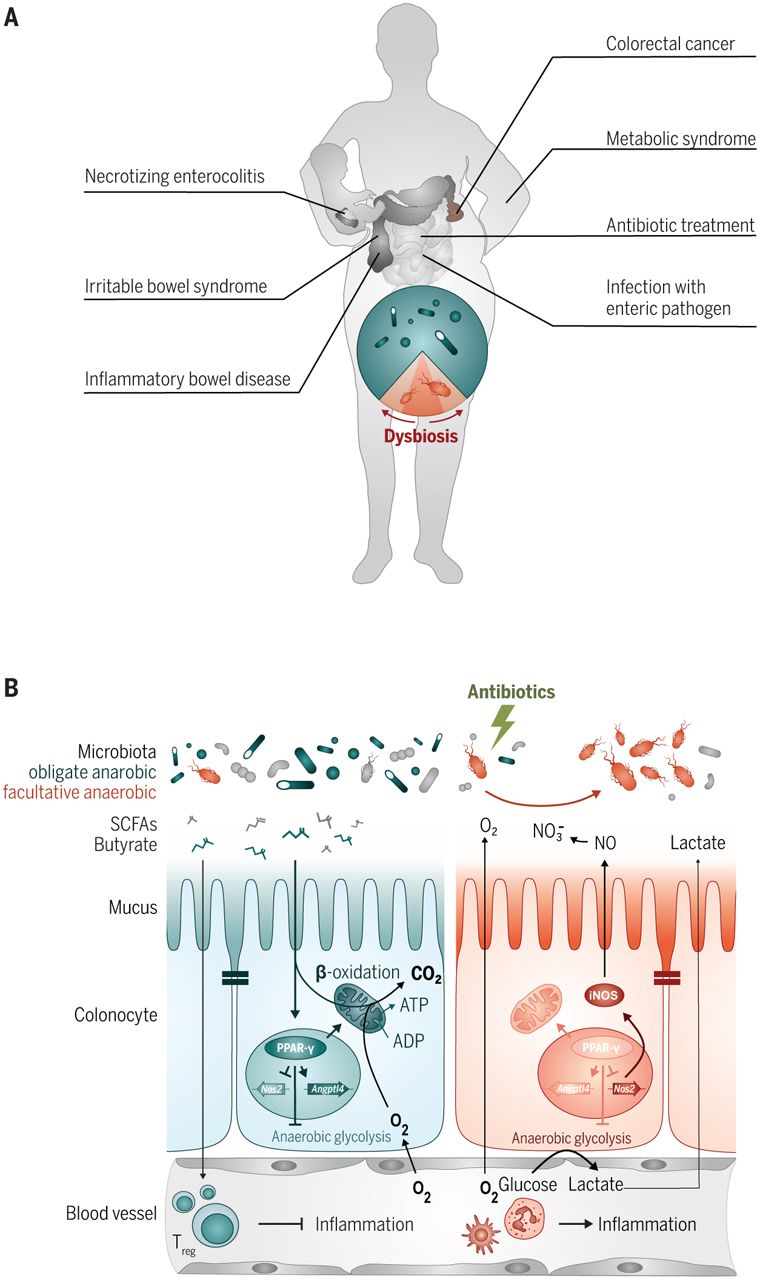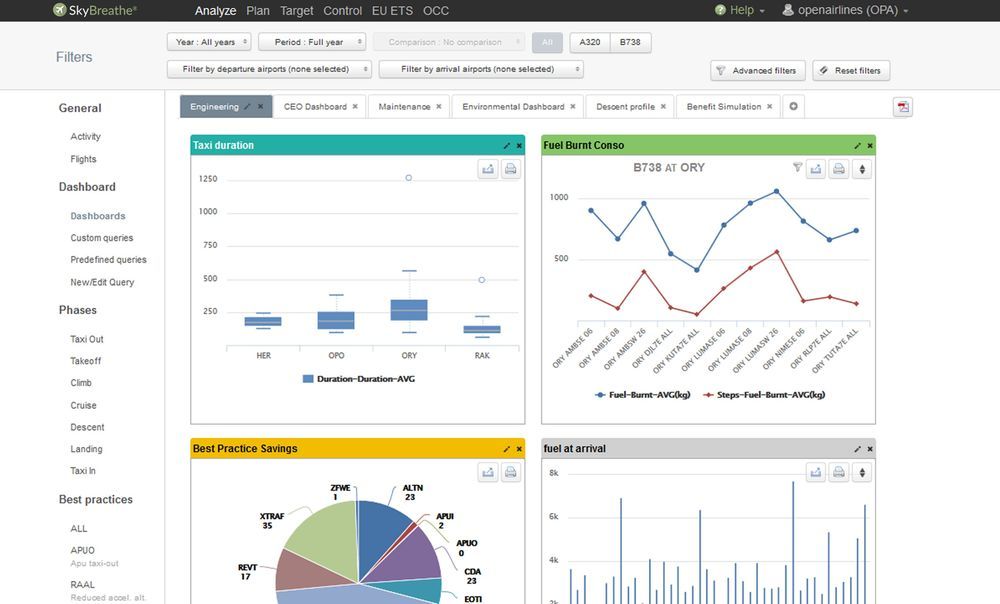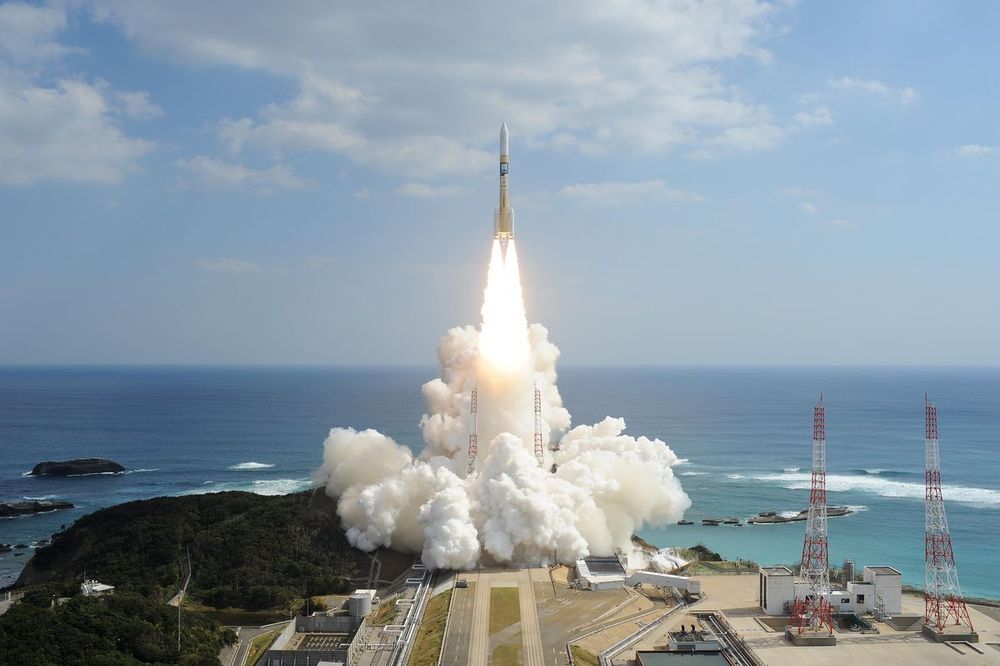The human colon is home to a complex microbial ecosystem (microbiota), composed mostly of anaerobic organisms. Recent data suggest that gut microbes and their metabolites can affect human health through multiple mechanisms including altering the immune response , changing host cell metabolic states , and even affecting the response to immunotherapies.
The potential causative role of gut microbiota in health and disease is one of the most extraordinary findings of the past decade. Yet we are only starting to understand the multitude of mechanisms by which microbes promote changes in intestinal physiology, and how changes in the symbiotic relationship between the host and the resident microbiota contribute to the pathogenesis of both infectious and noninfectious diseases.
…









